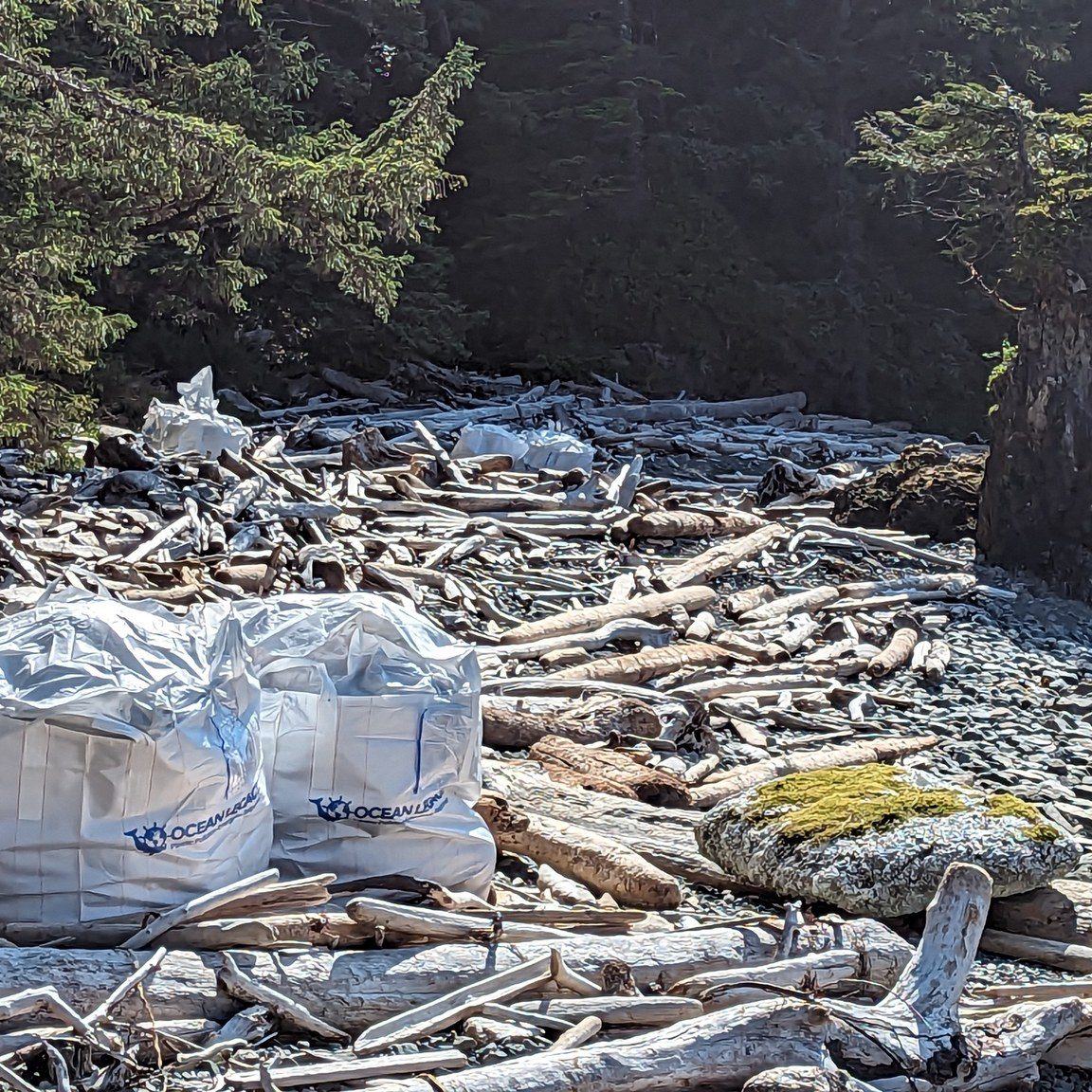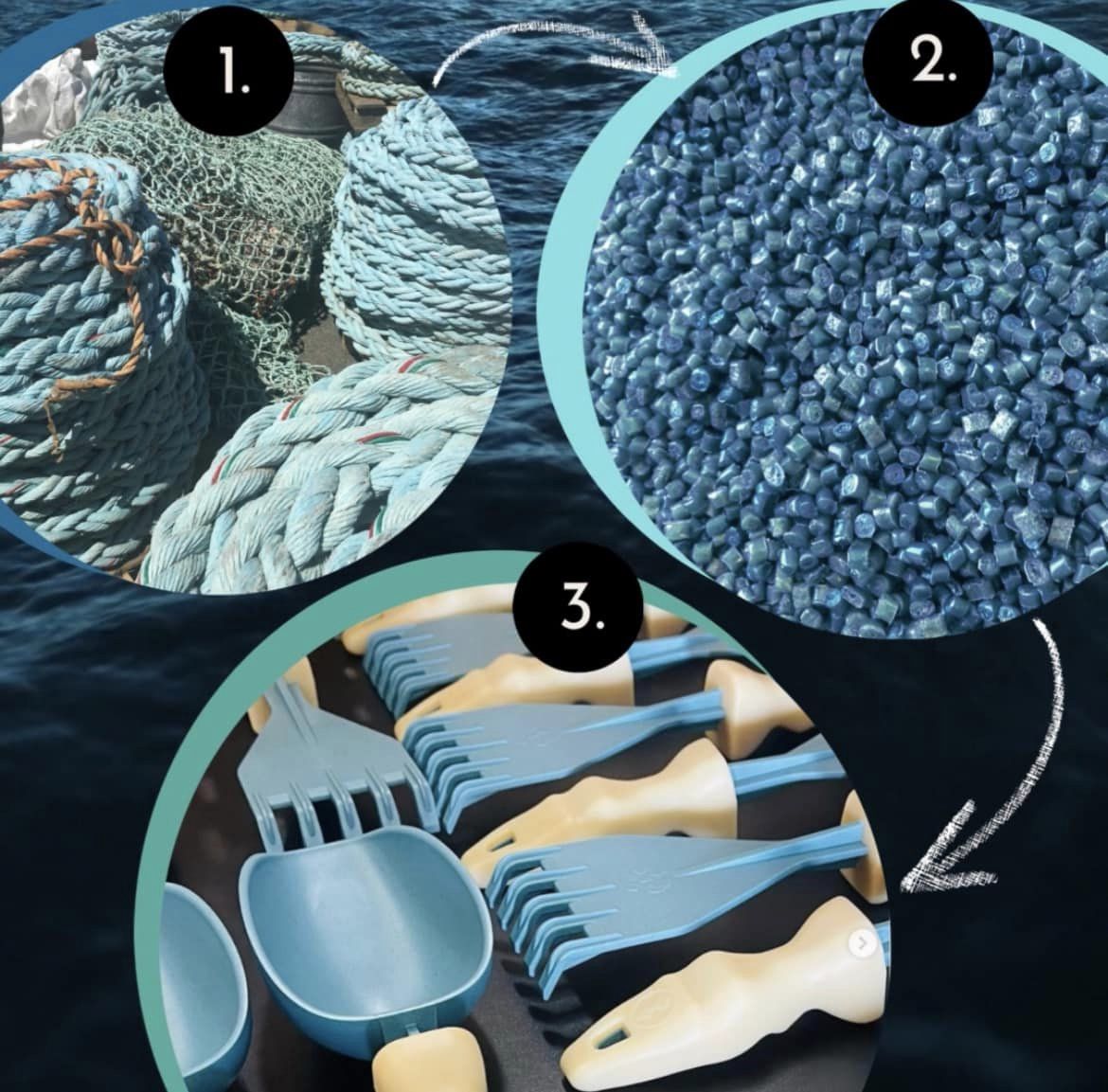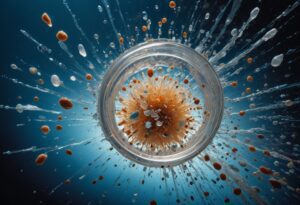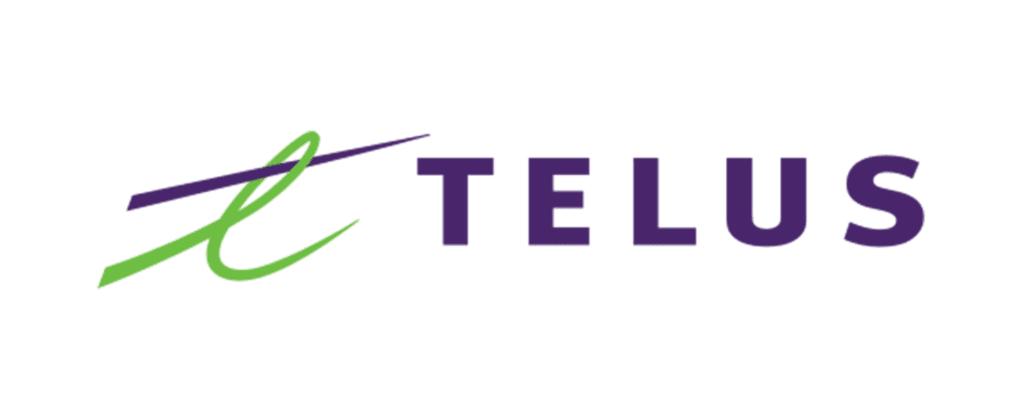WHAT TO EXPECT

Gain Practical Knowledge
Gain a deeper understanding of the ocean plastic issues, learn about available solutions, and innovations. Use this empowering knowledge to make a difference in your life, your community and your world!
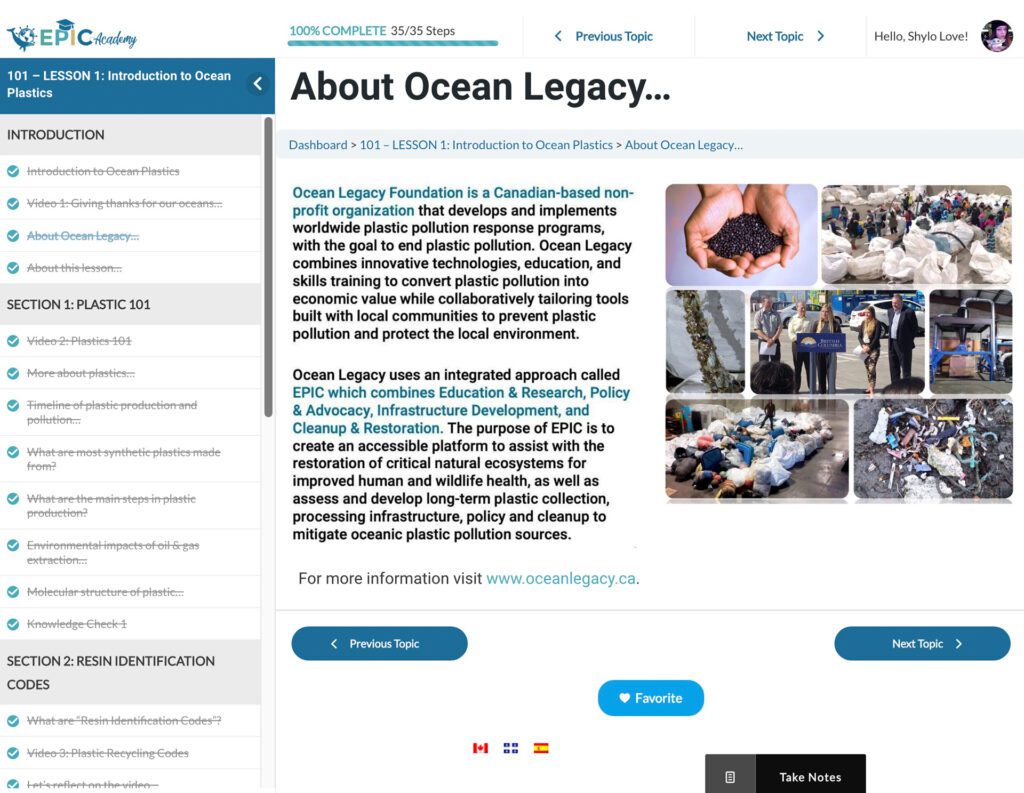
Flexible User Access
Curriculum access is flexible without time limits… learn online at your own pace using this website, or as an educator, use downloadable classroom resources for teaching student groups aged 14 years and up.
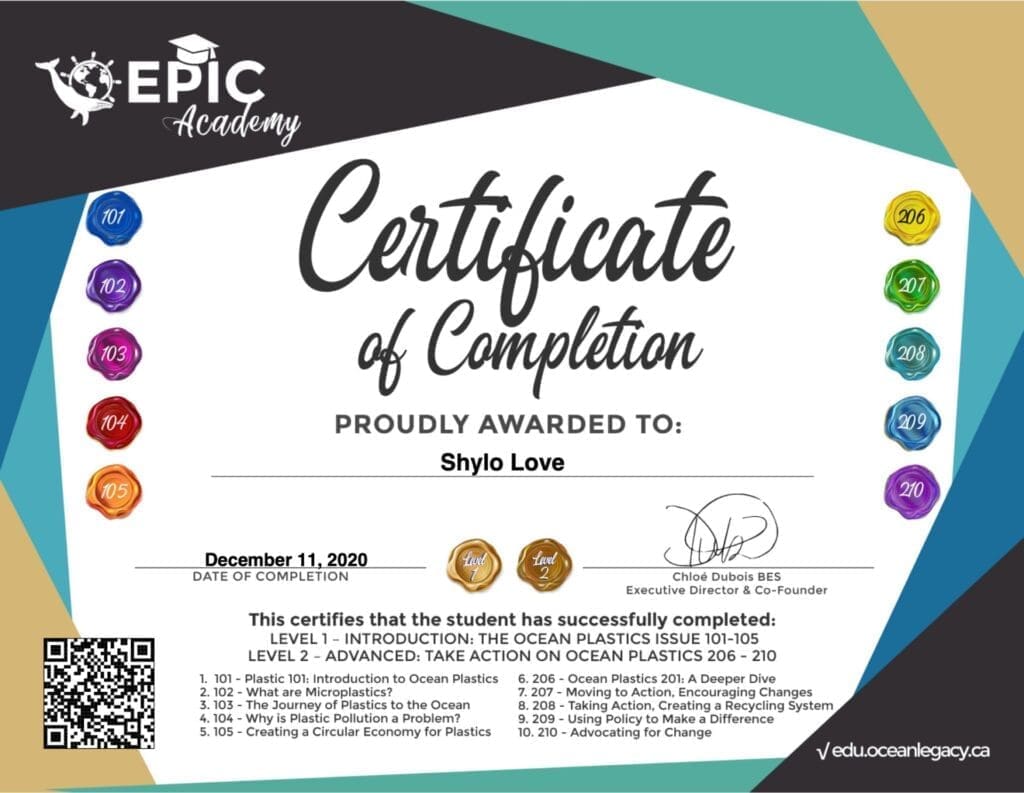
Accomplishments Recognized
Each lesson has a short quiz at the end. After all ten lessons have been completed and quizzes passed, students will receive a digital Certificate of Completion to print, share, and inspire others.
CURRICULUM OVERVIEW
AGES 14 +
Suitable for learners ages 14 years and up.
45-60 MIN
Each lesson takes about 45-60 minutes to complete.
3 LANGUAGES
Available in 3 languages: English, French, and Spanish.
NO TIME LIMITS
Learning progress is autosaved, so come and go as you please.
Dive into EPIC Academy’s 10-part voyage of ocean plastics discovery, crafted by Ocean Legacy, where learning transforms into action! Our curriculum, spanning beginner to advanced levels, navigates through:
- The deepest depths of the ocean plastic issues,
- Strategies to make better choices to reduce plastic use,
- Learning how to lead your community against plastic pollution, and
- Methods and ideas for supporting the plastic circular economy.
Arm yourself with practical tools, forged from decades of knowledge and research in the field.
Enrollment is completely free with registration. If you’re moved by the learning journey, feel free to contribute any amount to help sustain this empowering educational material! Let’s make an EPIC impact on ocean plastic!
LEVEL 1
THE OCEAN PLASTICS ISSUE
101 - 105
Understanding the Problem...
ABOUT LEVEL 1 … Level 1 lessons 1-5 provide an introduction to the ocean plastics issue.
The audience for lessons 1-5 includes everyone who’s interested in learning more about the following topics:
- The basics about plastic
- The basics about macro, micro, and nanoplastics
- How plastics travel to the ocean
- Why is there so much plastic?
- Impacts of ocean plastics pollution
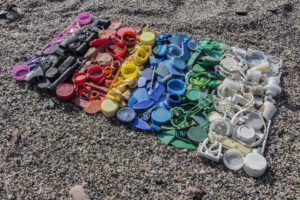
101 – LESSON 1: Introduction to Ocean Plastics
Lesson 1 provides an overview of plastic, explains plastic Resin Identification Codes, and explains how to sort and recycle plastic correctly.
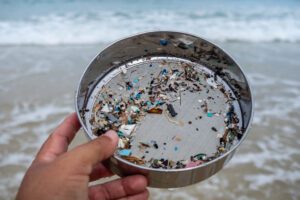
102 – LESSON 2: Microplastics
What are Microplastics: An introduction to microplastics including sources of microplastics and why microplastics are an issue.
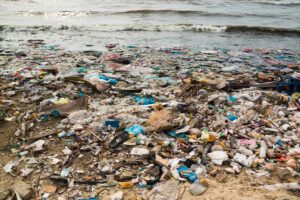
103 – LESSON 3: Journey of Plastic to the Ocean
The Journey of Plastics to the Ocean: An introduction to how plastics become ocean plastics including the common pathways for plastics to reach the ocean.
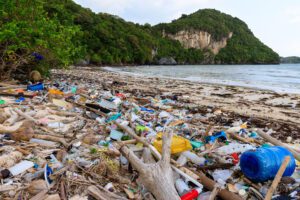
104 – LESSON 4: Why is there so much plastic?
In this lesson, we will take a closer look at why there is so much plastic available to become plastic pollution.
LEVEL 2
TAKE ACTION ON OCEAN PLASTICS
206 - 210
Making an EPIC Impact!
ABOUT LEVEL 2… Take our advanced lesson material Level 2: Lessons 6-10. In these lessons you will learn:
- How ocean plastics are different from land-based plastics.
- How to build an ocean plastics recycling system.
- How to encourage behaviour changes that help prevent and clean-up ocean plastics.
- What policies are being used globally to prevent and clean-up ocean plastics.
- How to advocate for policy changes in your community.
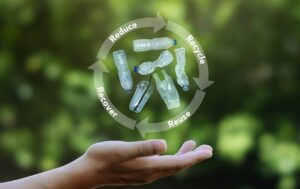
206 – LESSON 6: Circular Economy for Plastic
Learn about the concept of a circular economy, exploring its two fundamental cycles and three guiding principles. Understand the benefits and the importance of traditional knowledge with a specific focus on transitioning to and the advantages of a circular economy for plastic.
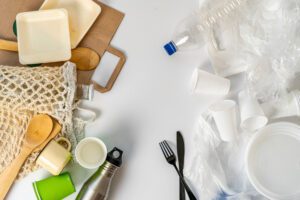
207 – LESSON 7: Moving to Action
Encouraging Behavioural Changes: An overview of how to encourage and enable behavioural changes that would work towards preventing and collecting ocean plastics, and encourage people to ‘join the ocean plastics cause’.
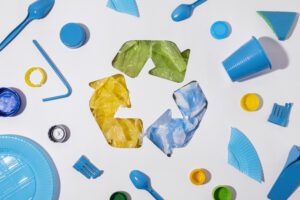
208 – LESSON 8: Taking Action, Creating A Plastics Recycling System
Recycling System Planning: An overview of how to set up a recycling system for ocean plastics prevention and management: essentially a “Master Recycler’ course aimed at anyone who seeks to collect or process plastics or ocean plastics.
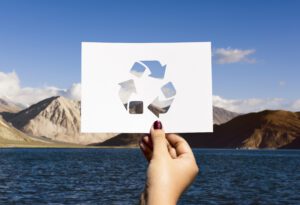
209 – LESSON 9: Using Policy to Make a Difference
How to Use Policies to Affect Change: An overview of the kinds of policies that exist that could stem the flow of ocean plastics into the environment (e.g., extended producer responsibility, deposit return systems, green procurement, funding tools).
EPIC TESTIMONIALS
Sailing Toward Solutions: EPIC Academy's Ocean Plastic Course
As a waste management practitioner for nearly two decades, committed to environmental preservation as a Chartered Environmentalist, my journey has focussed on seeking impactful solutions and learning to teach and apply them in an impactful way. Discovering the Ocean Legacy Foundation and EPIC Academy's free Ocean Plastic Course has been transformative, offering invaluable insights into plastic's pervasive impact, circular economy solutions, and more.
The course's structure was impressive, encompassing vital topics. Engaging videos, intriguing facts, and rich references made learning enriching. It excellently blended informative content with practical applications. Quizzes delivered post-lessons were resourceful, driving deeper understanding and motivation. Additionally, the unwavering support from the dedicated back-office team was exceptional. Their responsiveness and willingness to assist greatly enhanced the overall learning experience.
I wholeheartedly endorse this course for those seeking to grasp plastic's impact and explore circular economy solutions. Beyond expanding my knowledge, it reignited my sense of purpose, empowering me to actively contribute to environmental preservation through impactful advocacy and lobbying efforts. Grasp this opportunity—I encourage everyone to do so. Dive into the organized wealth of knowledge at EPIC Academy, and let's learn, share, and make a lasting impact “because tomorrow truly matters."
Thank you for the [EPIC Academy] introductory presentation which all of us found fascinating and very informative.
I knew it was a huge global problem but seeing it presented like that really brought it home.




